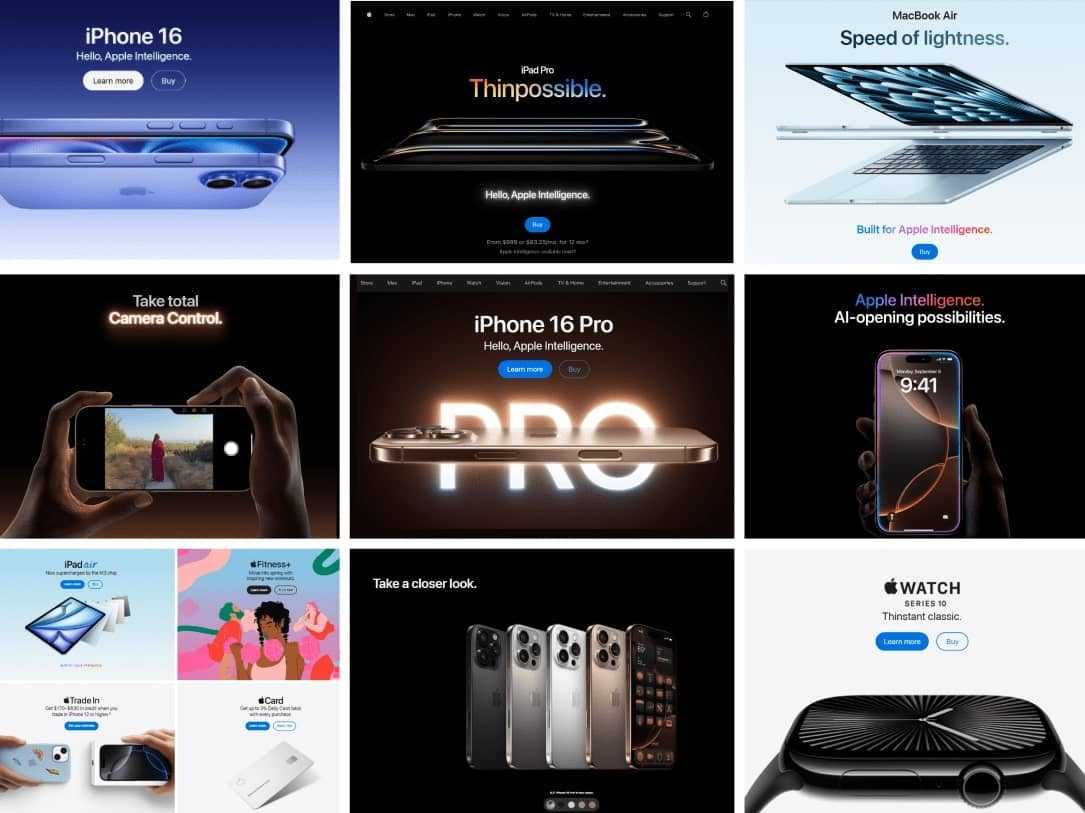Conversations Get Conversions

The days of cold-calls are over. It's 2015 and literally everyone (seriously, everyone; we asked) is on a "no-call" list, and consumers have mastered the art of avoiding direct sales tactics. However, 67% of consumers who have had a positive interaction with a brand via social media will make a purchase from that company and it's all due to the power of conversation, not the sales pitch.
The current state of social media marketing is challenging at best. Facebook has implemented policies that drastically limit the organic reach your brand's posts can achieve. Of course, for a fee, you can boost your post to reach thousands of followers (and even non-followers) that fall into your target demographic. However, this means that Facebook users have grown accustomed to seeing sponsored posts clutter up their feeds. Many use ad-blocking software to hide these posts, and those who don't have become instinctively adept at ignoring the content you just paid to get in front of them. And that's just Facebook; every social channel presents a different set of obstacles that prevents you from easily getting your content in front of potential customers. Still, even if your posts could reach every single follower, 100% reach means nothing if those posts aren't converting to sales - and that job falls on your content, right?
Well, not exactly.
A recent study by the University of Singapore investigated the effectiveness of marketer-generated social media content. The results were surprising: user-generated content (conversations and comments on posts, posts made to the company's page, reviews etc.) that were indirectly aimed at page followers were most effective at generating sales. This means that the interactions that take place on these posts were more likely to leave a favorable impression of the brand that resulted in a purchase than posts promoting sales or services. In an unlikely twist, these interactions had a favorable impact on sales regardless of whether the conversations were positive or negative. Direct user-generated content like positive product or service reviews also helped to make customers less sensitive to changes in price, effectively turning products and services into commodities.
What we can take away from this, in plain English, is that consumers want to feel like they're doing business with a person, not a brand. Consider it: we visit the same coffee shop every day, and we know our barista by name. You order lunch over the phone from Jerry at your local sandwich shop, who recognizes your voice and instinctively knows your order. We've become faithful, emotionally-engaged consumers of these services because of the one commonality underlying each relationship: trust.
However, trust takes time to build. For consumers, it comes from repeated transactions with businesses that have what they need, when they need it, time and time again. It comes from conversations and friendly interactions that make it clear that a company relates to the customer as a person, not just a sale.
So, what does that mean for your brand? Let's break it down into three parts: content, conversation, and specific steps you can take to capitalize on both.
Content
There's a reason you instinctively avoid the gaze of those market researchers at the mall as they stare you down with their clipboards in hand: they want you to do something for them, and there's virtually nothing in it for you. They are salespeople at their purest form: "Give me what I need, then be on your way."
Now imagine that you log onto Facebook at the end of a rough day at work. You want to see photos of your friends, children, or grandkids. You want to chat with your best friend three timezones away and find out if she got the promotion she was hoping for. Instead, you're inundated with what amounts to advertisements: posts from the few companies you follow bursting with exclamation marks and words like "SALE" or "TIME IS RUNNING OUT" and "DON'T WAIT."
As a brand, consider it a lucky day if the consumer just ignores these posts and scrolls past to the good stuff. But many readers will become irritated enough with the constant commercial bombardment and feed-clogging junk posts to unlike your page. This is bad news because consumers who like your page will have an average $22 higher lifetime value than consumers who don't like your page.
Rather than looking at social media as a way to find customers, think of it as a way to talk to customers. Social media is not just another hoop you have to jump through to make sales. Rather, it's an opportunity to have the kind of interactions with current and potential customers that build trustful relationships -- and those, as we've seen, not only result in sales, but passionate brand advocates.
Your content, then, becomes a vehicle for interaction. Very little information about your company will come from the pictures, links, and posts that you share. Instead, your posts will become representative of your brand's values, which you'll share in common with real, live consumers.
Let's say you're a small, local restaurant owner trying to increase weekday dinner sales. You can certainly run specials and provide Facebook coupons and pay money to boost these posts to people who may or may not see them. Or you can begin a conversation about a timely topic - wage equality in the foodservice industry - by sharing a link to an article and inviting your fans to weigh in with their own opinions.
This may seem like a risky move, but remember - the Singapore study shows us that even negative interactions have a positive impact on conversions. When you share information people want to talk about, and you engage with the people discussing it, you're showing consumers your values and how they line up with theirs, and this creates trust.
Additionally, sharing lighthearted and easy-to-digest snippets of information, photos, or related content goes a long way towards showing your followers that you're not just in this relationship for what you get out of it, but that you're willing to engage with them as a person. Once this relationship is established, your fans will seek out your sales and promotions themselves.
Conversation
What, then, becomes of your content once it's posted? Too many companies employ a "set it and forget it" strategy to social media marketing, scheduling out posts detailing their sales and promotions for the week, then ignoring it until Sunday rolls around again. However, social media isn't just for marketing; more and more customer service requests are coming through social media channels, as well.
Engaging with customers requires a bit more time investment, but the payoff speaks for itself. We previously mentioned that customers who follow your posts have a $22 higher lifetime value than customers who don't. This is because they are exposed to more interactions, conversations, and opportunities to identify with the brand than customers who don't follow your posts -- not because they're loving your sales pitches.
Social media marketing is just that - social. One-way marketing is a thing of the past. So how do you generate conversation among your followers, especially if you're not a marketer at heart?
Capitalize on Conversation
First, facilitate dialogue. Marketing has, until the advent of social media, been a monologue to consumers, but now channels have opened up to allow back-and-forth discussion between brands and consumers. Rather than talking at your followers (for example, "Come check out our sale. . ."), talk with them. Ask questions, and let them discuss the answers both with you and other readers. Share articles, photos, and memes that reflect your values and beliefs, and don't be afraid to stand by them. You will gain more true brand advocates standing by your position on a controversial topic than you will by trying to appeal to both sides. However, use your judgment about what to share. Perhaps you, as a business owner, have an opinion on the Starbucks holiday cup design, but if you're a manufacturer of car parts, it may not be relevant enough to apply to your brand. Avoid stretching too far to try to force timely topics into relevance for your brand. Additionally, use social media as a means to resolve low-level customer service issues. Invite followers to message you with questions, concerns, or testimonials, and follow up to these messages quickly and graciously.
Second, find a cause, and tout it. Keeping with the manufacturing example, perhaps you're passionate about buying American-made goods. Share articles and stories about buying American-made and ask questions of your followers to generate discussion, such as "Would you be willing to pay $2 more for the same product if it's made in the USA?" Then reply to comments, ask follow-up questions, and make recommendations where you can. If a fan is looking for an American-made vacuum cleaner, but you build cars, do a quick Google search and make a suggestion. You may not have made a direct sale, but you've made life a tiny bit easier on that person just by living your values, and they will remember it.
Last, be human. Many marketers will tell you to avoid the use of pronouns in your marketing materials, but using "I" or "we" in your social media conversations humanizes your brand and reminds followers that a real person is sitting on the other end of a screen. This empowers them to seek out more information, because they know that they won't get a canned response or automated reply to their inquiry. Don't be afraid to demonstrate a sense of humor, sadness, or anger where appropriate (although we must recommend avoiding sarcasm; it's the Emotion Most Likely to be Misinterpreted). Talk to your followers like they're people first and customers second, and soon they'll be both.
Take a Breath
You're likely reading these tips and calculating how many hours you would have to add to your day in order to squeeze them into your already demanding schedule. Don't let the time commitment overwhelm you. Try incorporating more direct engagement into your social strategy slowly, perhaps one post a week at first intended to generate lively discussion among your followers, or schedule a few thought-provoking posts to go live during the week, then check in on them to engage. Don't fret if they don't jump into the conversation right away; it may take some time for people to get used to your new approach. Alternatively, consider outsourcing your social strategy to contractors or firms that specialize in social marketing.
Although the landscape of social media may change, its popularity and application simply cannot be ignored. Social channels have put your customers exactly where you've worked for years to have them: at your fingertips. Social isn't a way to get sales, social is sales. To get the most out of it, treat your customers how they come to social media to be treated: as friends.




